Finding your Workday Tenant
Log in to your Workday account. In the browser’s address bar, locate your tenant immediately afterworkday.com/.If your URL is
https://my-instance.workday.com/my-tenant/d/etc, your tenant is my-tenant.

Finding the Web Services Endpoint
1
Go to Public Web Services
Search and navigate to the 
Public Web Services report.
2
Open the Human Resources WSDL
Locate Human Resources and hover to open the menu. From the three‑dot menu choose 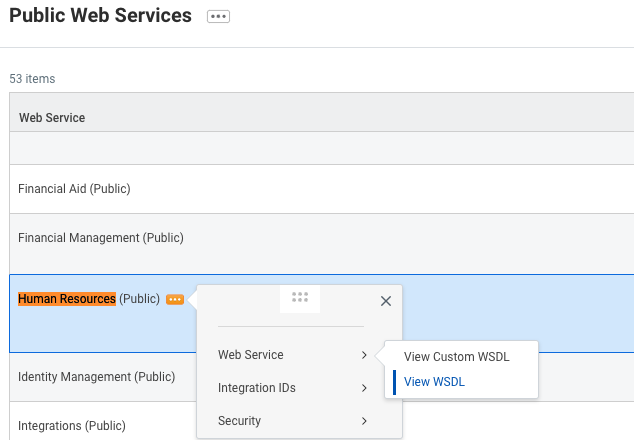
Web Service then click View WSDL (the page may take a minute to load).
3
Locate the wsdl:service element
Search for 
Save this value to be used in a later step.
wsdl:service or scroll to the bottom of the page. You should see a section like this:
/service in the location attribute. Exclude the https:// prefix. In the example above this would be wd2-impl-services1.workday.com/ccx (yours may differ, e.g. wd5-services1.myworkday.com/ccx). Save this value to be used in a later step.
Set up an Integration System User
1
Search for Create Integration System User
Search and navigate to the 
Create Integration System User task.
2
Enter account information
Enter a username and password in the Account Information section.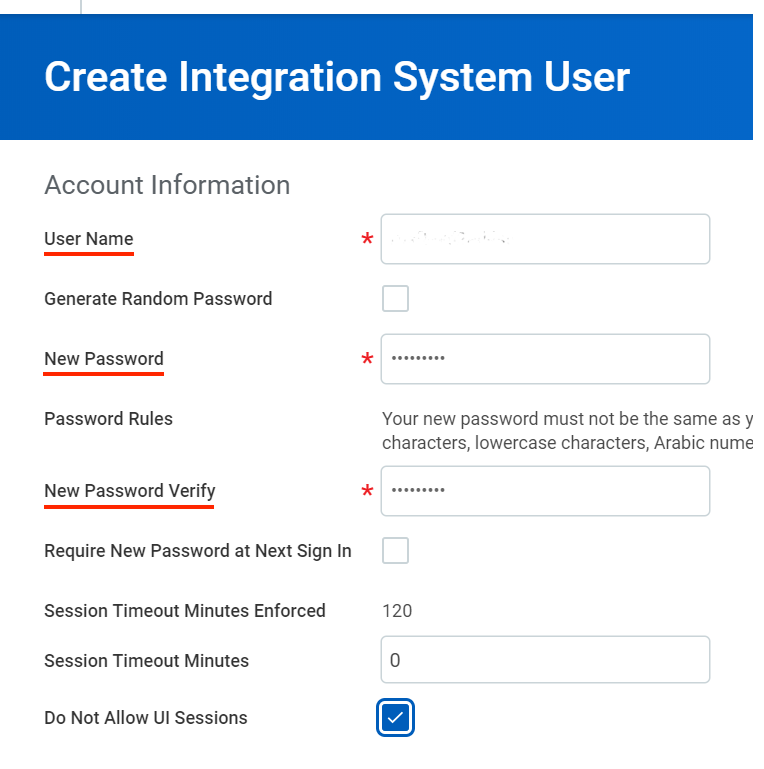

OK to create the user.Add the Integration System User to a Security Group
1
Search for Create Security Group
Search and navigate to the 
Create Security Group task.
2
Choose group type
Select 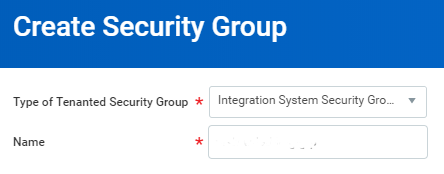
Integration System Security Group (Unconstrained) from the Type of Tenanted Security Group drop‑down and enter the same name used when creating the Integration System User.
OK.3
Assign the Security Group to the Integration System Users
Select 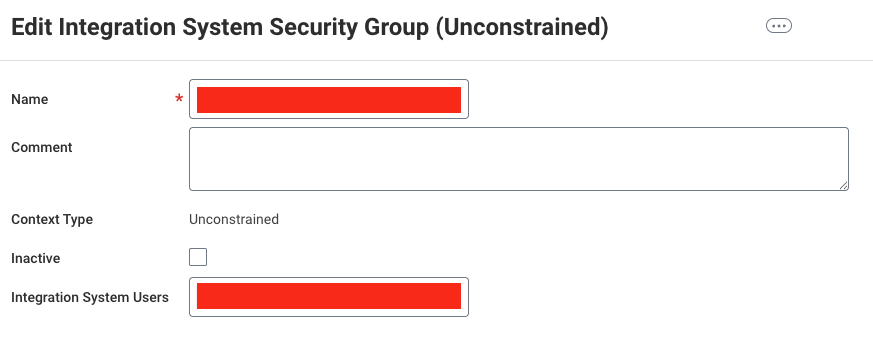
Integration System Users from the drop-down menu. You may choose the user created in the step above or any other user to whom you want to assign this security group.
OK.Configure Domain Security Policy Permissions
1
Search for Maintain Permissions for Security Group
Search and navigate to the 
Maintain Permissions for Security Group task.
2
Select Security Group Type
Select the Security Group name created earlier.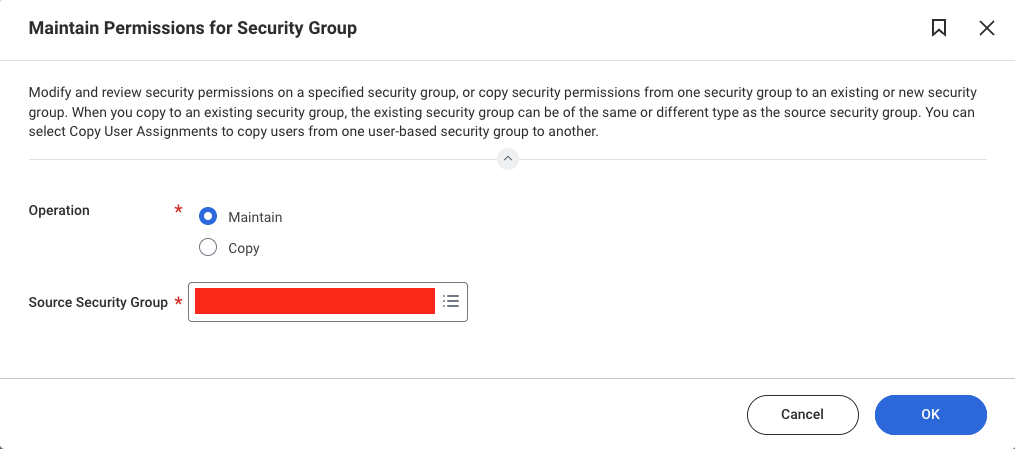


The Workday HRIS integration currently requires all of the permissions listed below to be enabled for full support.
Workday’s API may return an error response if any of these permissions are missing.
Workday’s API may return an error response if any of these permissions are missing.

Please note that Security Group Permissions can be customised within a Workday organisation, and this list does not account for such customisations.
| Domain Security Policy | View/Modify Access |
|---|---|
| WQL for Workday Extend | Get Only |
| Worker Data: Current Staffing Information | Get Only |
| Workday Query Language | Get Only |
| Workday Query Language | View Only |
| Person Data: Name | Get Only |
| Person Data: Marital Status | Get Only |
| Person Data: Work Email | Get Only |
| Person Data: ID Information | Get Only |
| Person Data: Home Phone | Get Only |
| Person Data: Gender | Get Only |
| Person Data: Home Email | Get Only |
| Person Data: Date of Birth | Get Only |
| Person Data: Work Phone | Get Only |
| Person Data: Ethnicity | Get Only |
Activate the Security Policy Changes
1
Search for Activate Pending Security Policy Changes
Search and navigate to the 
Activate Pending Security Policy Changes task.
2
Comment and Confirm
Add an optional comment then click 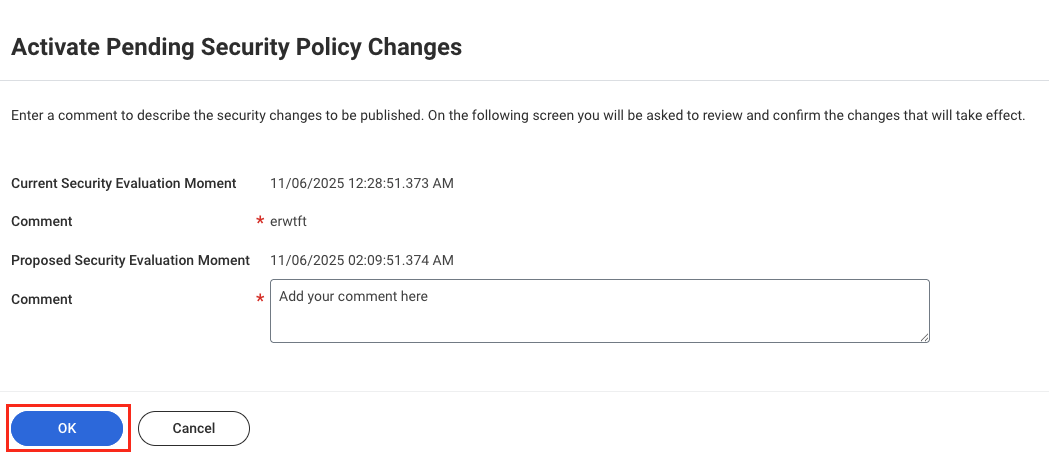

OK.
OK to approve the pending security policy changes to activate them.
Register the REST API Client
1
Go to Register API Client
Search and navigate to the 
Register API Client for Integrations task.
2
Register API Client
Register the API client with the following details:
-
Client Name: Any name (e.g.
StackOne_Integrations). - Non‑Expiring Refresh Tokens: Tick the box.
-
Scopes: Select required functional scopes for API access:
- Adaptive Planning for Financial Plans
- Adaptive Planning for the Workforce
- Staffing
- System
Click
OK.
3
Copy the Credentials
After registration a page displays the Client ID and Client Secret. Copy and store these credentials securely.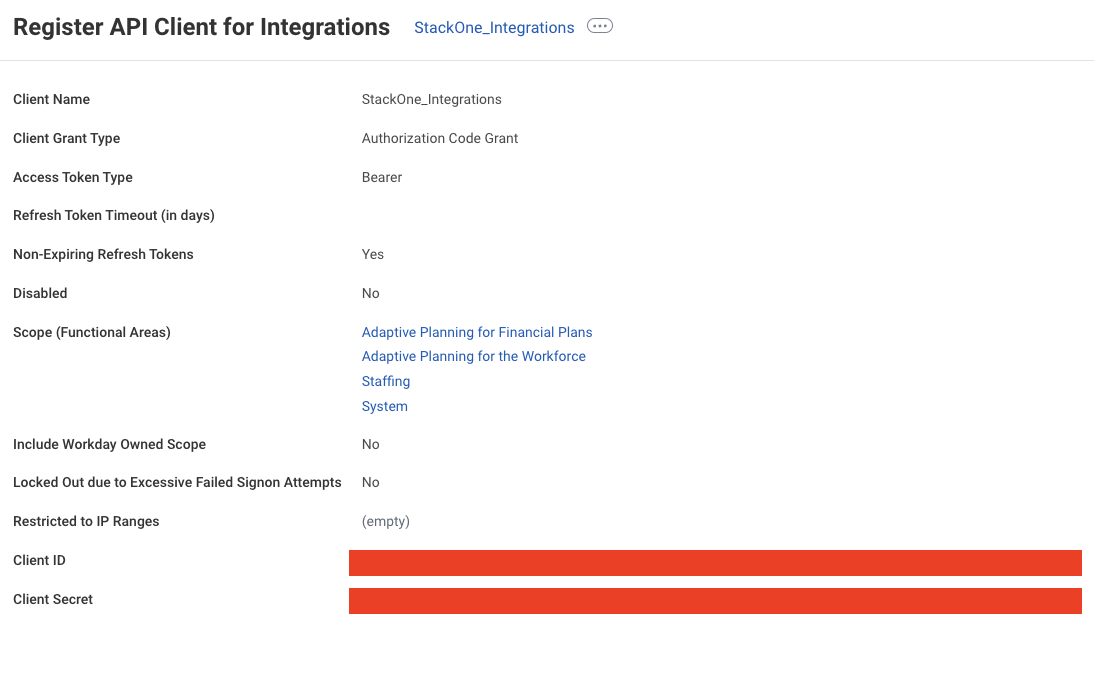

4
Generate the Refresh Token
- At the top of the page click the menu (⋯) icon.
- Select API Client.
- Click Manage Refresh Tokens for Integrations.
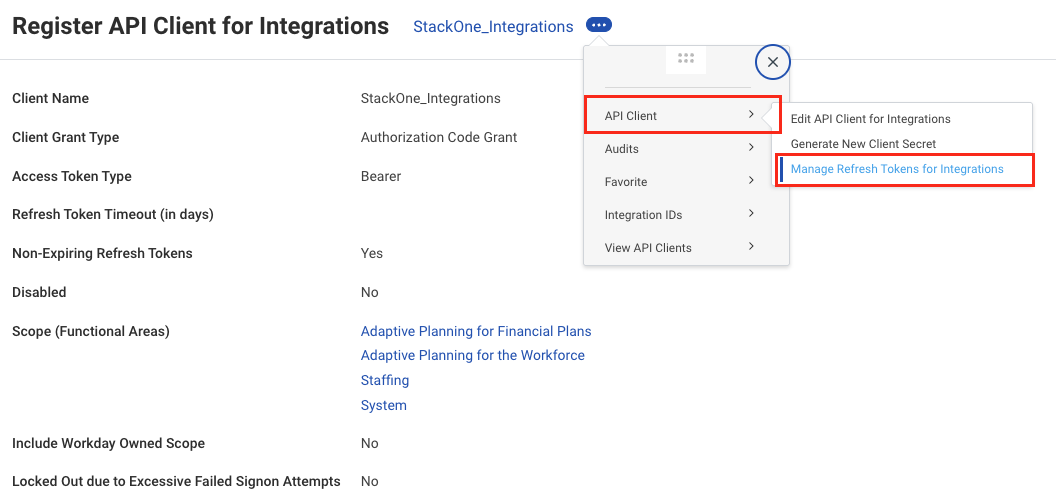
OK.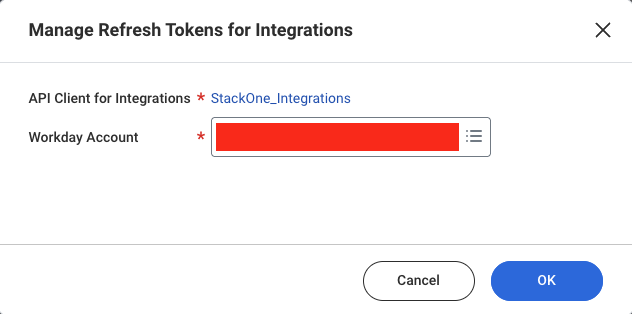
OK.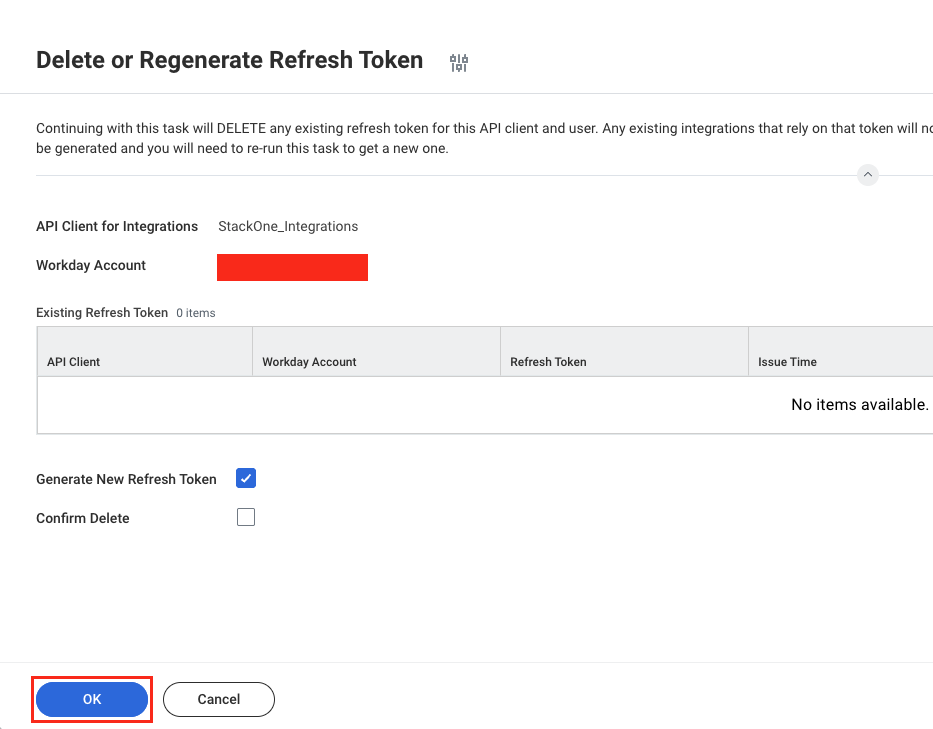
Done.
Custom WQL Query
Creating a custom report is optional for generating WQL (Workday Query Language). However, there are several ways to obtain WQL:
- Custom Report: By using the custom report feature, users can more accurately tailor the data they wish to extract from the data source and then convert the report to WQL.
- Standard Reports: You can utilise existing standard reports and convert them directly to WQL. To do this, navigate to Convert Report to WQL and select the
Standard Report. - Data Sources: You can also navigate to the Data Sources using global search and access a specific data source (e.g., All Workers) to view the available data source fields. From there, you can form a WQL query according to the WQL syntax.
Create a Custom Report
1
Go to Create Custom Reports
Use the global search bar to search for “Create Custom Report”.
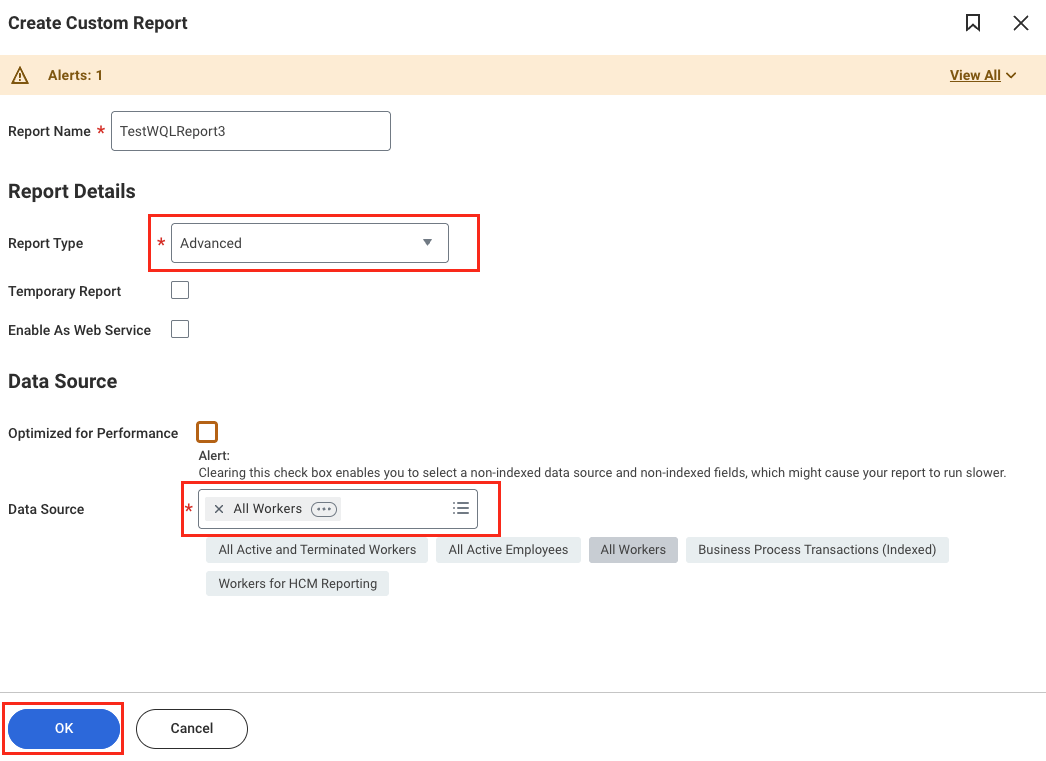

- Report Name: Name for the WQL report.
- Optimised for Performance: If ticked, only indexed data sources are shown. Untick this option to display all data sources.
- Data Source: Select the data source you want to build a custom report for (e.g. All Workers).
- Report Type: Select
Advanced.

OK to create the report.2
Edit the custom report
After creating the report you are taken to the editing page. Select the fields you want to include from the data source.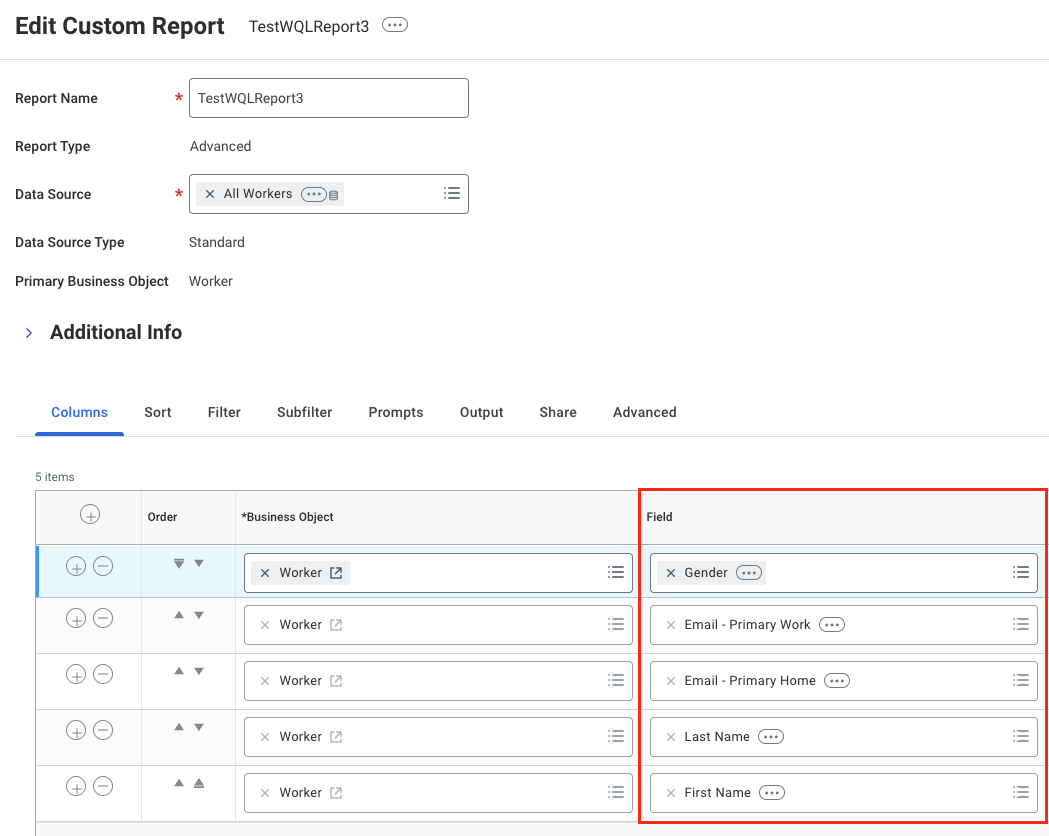

OK to save the field selection.3
Test the custom report
Test the report by clicking 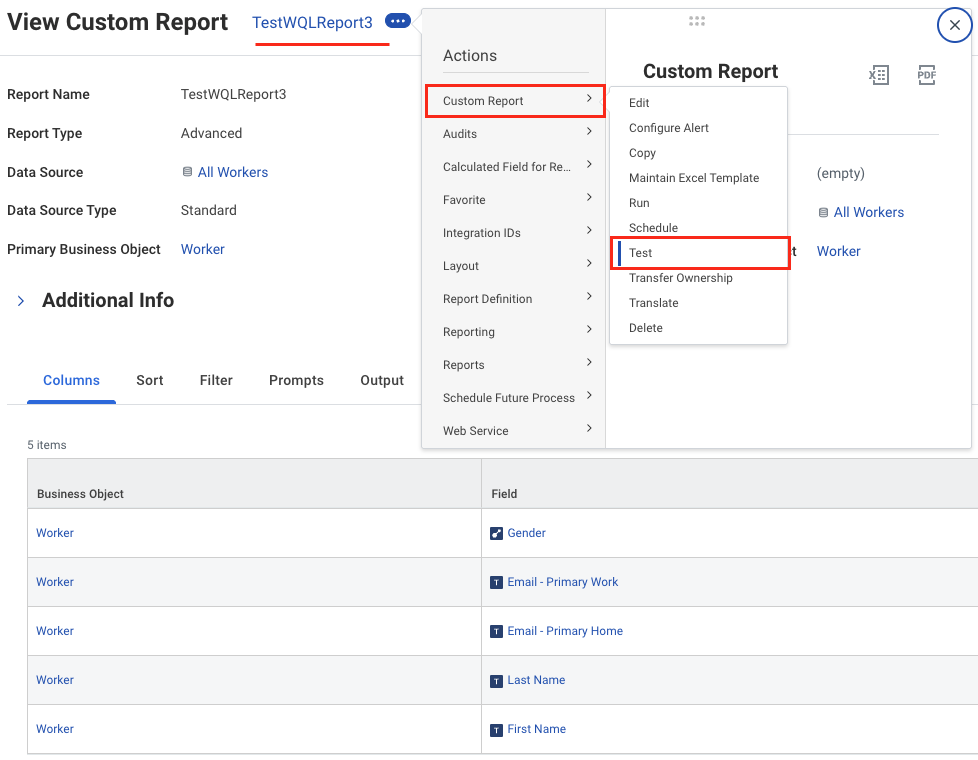
Test in the three-dot action menu beside the report name.
Convert the Report to WQL in Workday
1
Go to Convert Reports to WQL
Use the global search bar to search for “Convert Reports to WQL”.
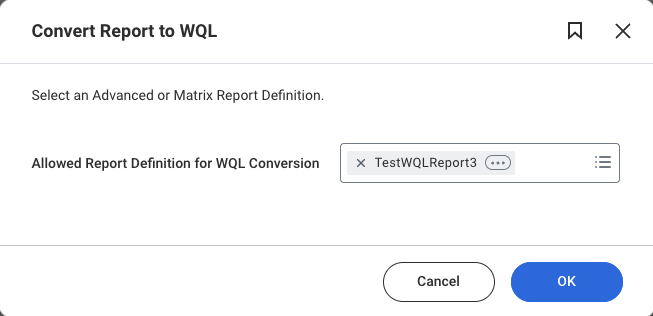


OK.2
Get the WQL query
You are taken to a page showing the generated WQL query for your custom report.

Employee WQL Query field when connecting through the StackOne Connector Hub.WQL does not support calculated fields when converting custom reports to WQL.
Connecting to StackOne
Enter the following details in the StackOne Connector Hub:- Web Service Endpoint
- Tenant
- Client ID
- Client Secret
- Non-expiring Refresh Token
-
Employee WQL Query: The custom Workday Query Language (WQL) query used when fetching employees.
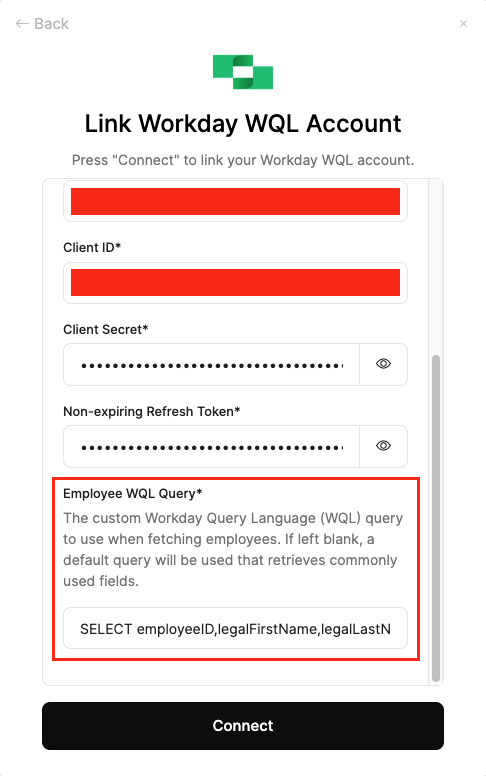
Congratulations, you’re all set! If you face any issues with the steps mentioned above, please contact us by emailing integrations@stackone.com. We’re always here to assist you!